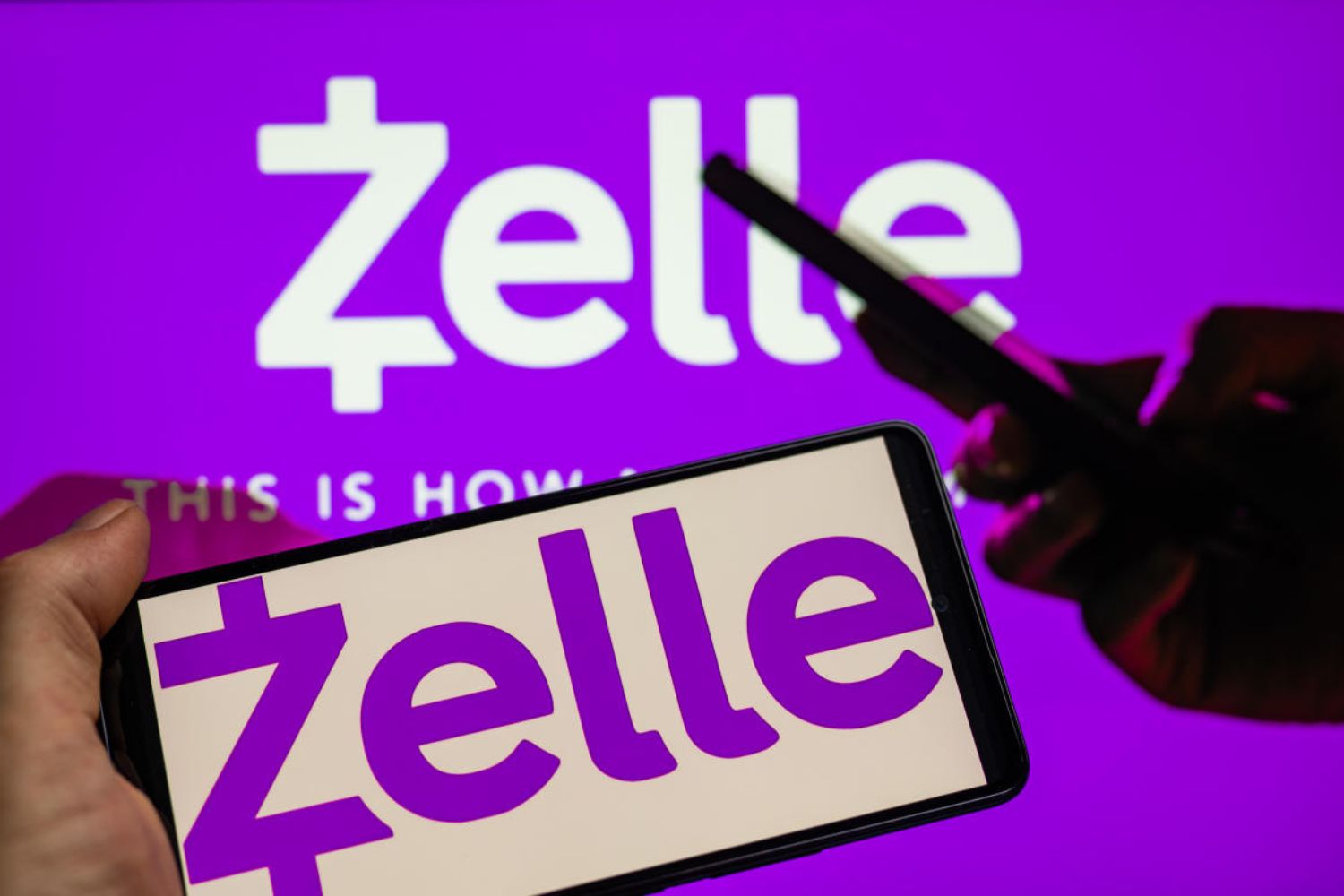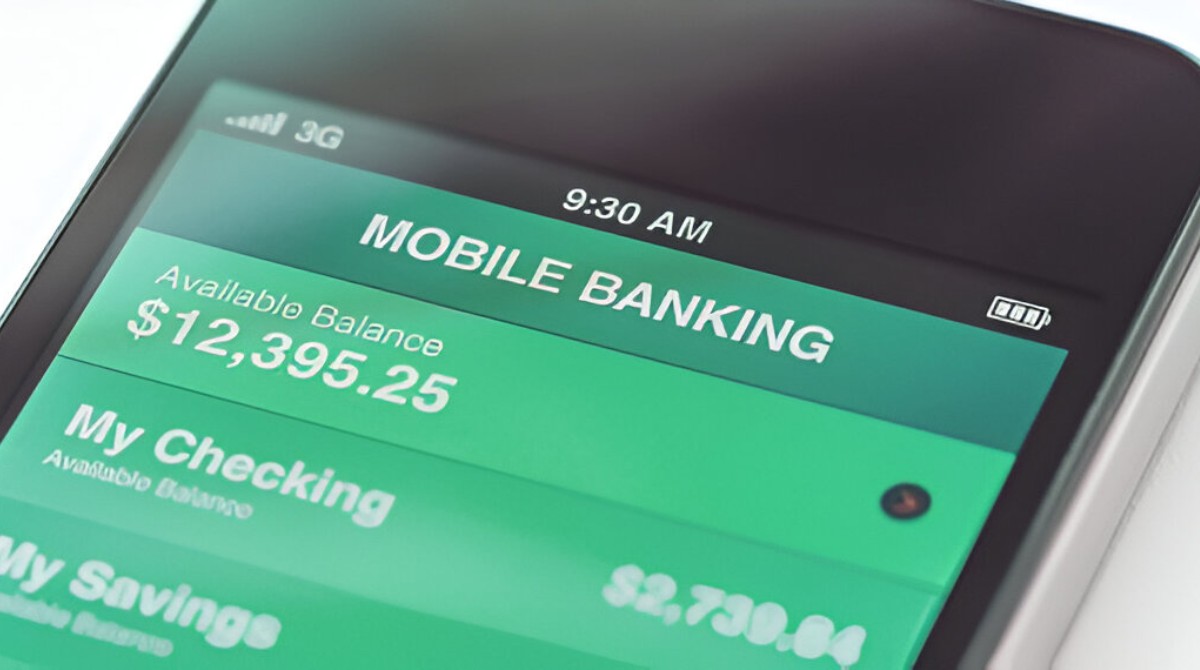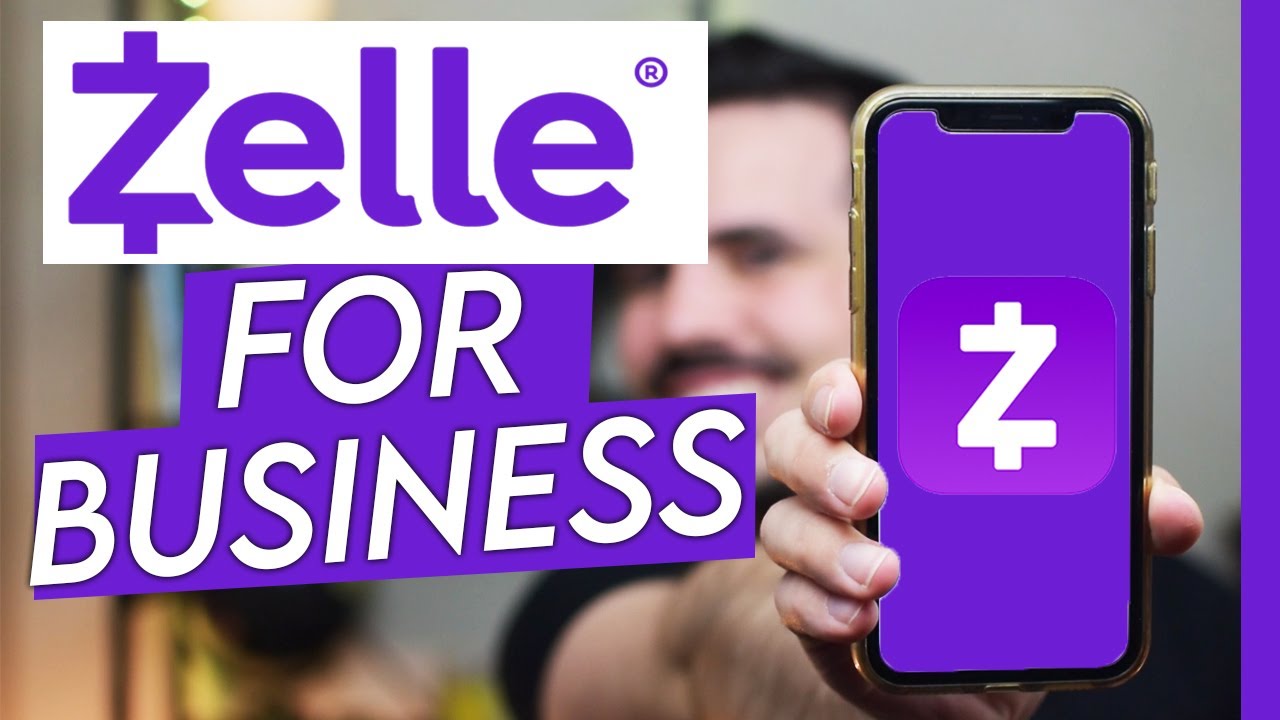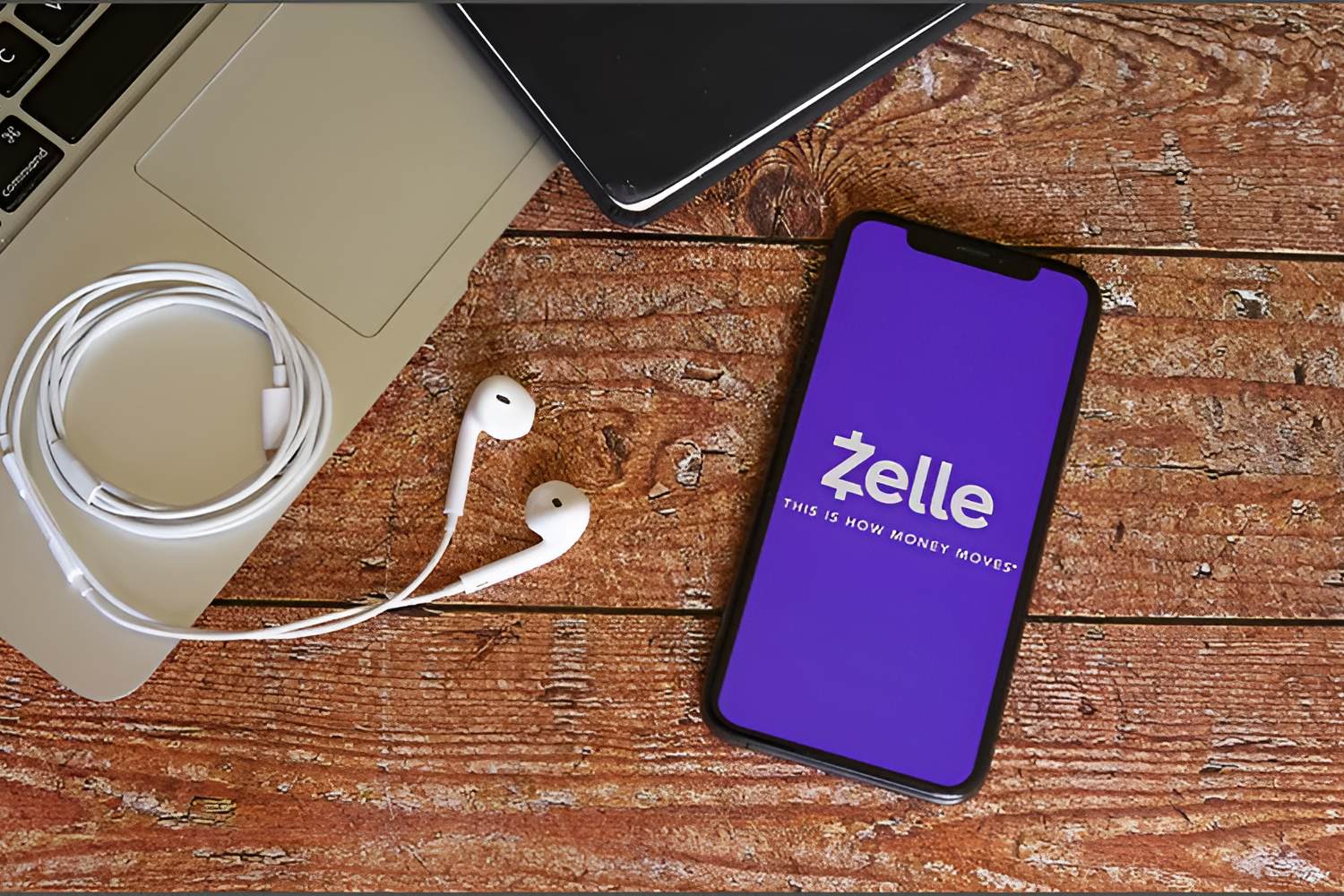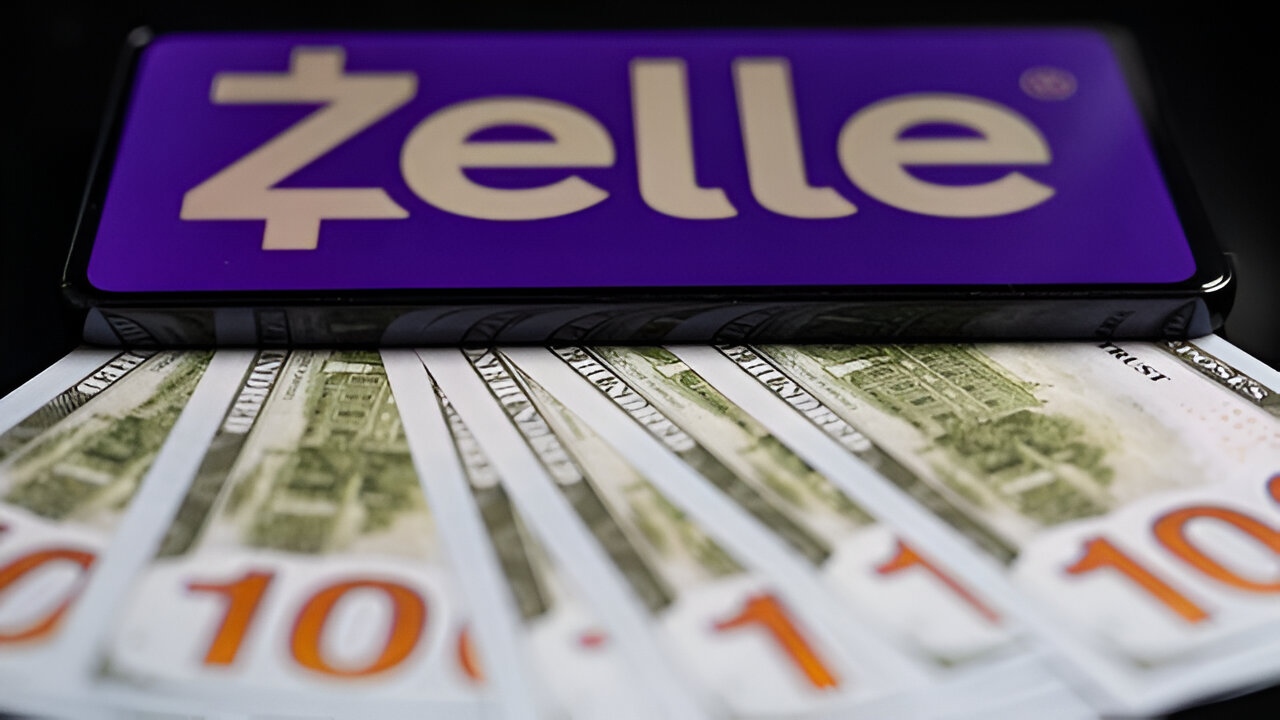Introduction:
When it comes to sending money to friends, family, or acquaintances, nobody likes dealing with the hassle of cash or checks. That’s where digital payment apps like Zelle come in. Zelle has gained popularity as a convenient and secure way to transfer funds from one bank account to another. With just a few taps on your smartphone, you can send money to someone instantly. However, some users have noticed that Zelle transfers are not always as fast as they would like them to be.
In this article, we will delve into the reasons why Zelle transfers are not always instant. We will explore the factors that can affect the speed of a Zelle transaction and compare it to other payment apps. Additionally, for those seeking faster Zelle transfers, we will provide some helpful tips to expedite the process.
Before we dive into the specifics, it’s essential to understand what exactly Zelle is and how it works.
What is Zelle?
Zelle is a popular peer-to-peer payment service that allows users to send and receive money directly from their bank accounts. It was launched in 2017 as a way to provide a fast, secure, and convenient alternative to traditional payment methods like checks or cash.
Unlike other payment apps that require a separate account and the transfer of funds to a digital wallet, Zelle is directly integrated into your bank’s mobile app or online banking platform. This means that if your bank participates in the Zelle network, you can send and receive money through Zelle without the need for any additional apps or registrations.
One of the key advantages of Zelle is its speed. In many cases, transactions can be completed within minutes, making it an appealing option for splitting bills, paying rent, or sending money to friends and family. However, it is important to note that while Zelle strives to provide instant transfers, this is not always the case.
Now that we have a basic understanding of Zelle, let’s take a closer look at how it works.
How Does Zelle Work?
Zelle works by facilitating direct transfers between bank accounts. To use Zelle, you first need to have a bank account with a participating financial institution. Many major banks and credit unions in the United States offer Zelle as a service to their customers.
Once you have a bank account linked to Zelle, you can initiate a transfer by providing the recipient’s email address or phone number. If the recipient is already enrolled with Zelle, the funds will be deposited directly into their bank account. If they are not enrolled, they will receive an email or text message inviting them to enroll and claim the funds.
One of the benefits of using Zelle is that transactions are typically free. Most banks do not charge any fees for using Zelle, although it’s a good idea to double-check with your specific bank to confirm their policy. Additionally, Zelle transactions are usually processed quickly, allowing you to send and receive money within minutes.
It is important to note that Zelle can only be used for domestic transactions within the United States. International transfers are not currently supported by Zelle.
Now that we have covered the basics of how Zelle works, let’s explore why transfers through Zelle are not always instant.
Why Isn’t Zelle Instant?
Though Zelle is known for its quick and efficient transfer process, there are several factors that can contribute to delays in the completion of transactions. Understanding these factors can help set realistic expectations when using Zelle.
One primary reason why Zelle transfers may not be instant is the verification process. When you initiate a transfer, Zelle needs to confirm the recipient’s information and ensure that the funds are being sent to the correct account. This verification process can take some time, especially if the recipient is not already enrolled with Zelle. In such cases, recipients may need to complete a registration process before they can receive the funds.
Another factor that can delay Zelle transfers is the participating banks’ processing times. Although Zelle aims to provide timely transfers, the actual speed of the transaction can depend on each bank’s internal processes. Some banks might process Zelle transfers instantaneously, while others may have a processing delay of a few minutes, hours, or even days.
Network congestion can also contribute to delays in Zelle transfers. During peak periods, when many users are sending funds simultaneously, the system may experience congestion, causing slower transaction processing times. This can be especially noticeable during busy banking hours or on popular shopping days when many people are using the app.
In addition to these factors, occasional technical issues or maintenance updates to the Zelle system can also result in delays for certain transactions. While Zelle strives to minimize disruptions, unforeseen circumstances can impact the instant transfer experience temporarily.
It’s important to keep in mind that despite these potential delays, Zelle remains a relatively quick and convenient way to send money. Many transactions are still completed within minutes, making it faster than many traditional payment methods.
Now that we understand why Zelle transfers may not always be instant, let’s explore how Zelle compares to other payment apps in terms of transfer speed.
Factors Affecting Transfer Speed
While Zelle aims to provide fast and efficient money transfers, several factors can influence the speed at which a transaction is processed. Here are some key factors that can affect transfer speed when using Zelle:
- Recipient Enrollment: If the recipient is not already enrolled with Zelle, they will need to complete the enrollment process before they can receive the funds. This additional step can cause a delay in the transaction.
- Bank Processing Time: Each participating bank has its own processing times for Zelle transfers. Some banks may process transactions instantly, while others may take a few minutes or even hours to complete the transfer.
- Network Congestion: During peak usage times, such as busy shopping days or banking hours, the Zelle network may experience congestion. This congestion can result in slower transaction processing times.
- Technical Issues: Occasionally, technical issues or maintenance updates to the Zelle system can impact the transfer speed. While these disruptions are usually temporary, they can cause delays for certain transactions.
- Transaction Amount: In some cases, larger transactions may require additional verification or security measures, resulting in longer processing times compared to smaller transactions.
It’s important to note that while these factors can influence transfer speed, many Zelle transactions are still completed within minutes, making it a relatively fast way to send money.
Now that we have discussed the factors that can impact Zelle transfer speed, let’s compare Zelle to other popular payment apps.
Zelle vs. Other Payment Apps
Zelle is just one of many payment apps available today. When considering the speed of transfers, it’s important to compare Zelle to other popular payment apps to see how it stacks up:
- Venmo: Venmo is a widely-used payment app known for its social features and seamless user interface. Transfers made through Venmo are typically instant if the recipient has a Venmo account. However, if the recipient has to transfer the funds from Venmo to their bank account, it can take 1-3 business days for the funds to be available.
- PayPal: PayPal is a well-established digital wallet and payment platform. Instant transfers are possible with PayPal, but there is a fee associated with this service. Standard transfers to bank accounts typically take 1-2 business days.
- Cash App: Cash App is a popular payment app that offers instant transfers for a fee. Without the instant transfer option, it can take 1-3 business days to transfer funds to a bank account.
When compared to these payment apps, Zelle stands out for its emphasis on quick and easy bank-to-bank transfers. While the speed of transfers can vary depending on the factors we discussed earlier, Zelle generally offers faster transfer times compared to other payment apps.
It’s also worth noting that Zelle’s integration with participating banks’ mobile apps and online banking platforms provides a seamless user experience. Since Zelle is directly linked to the user’s bank account, there is no need for additional app installations or account setups.
Now that we have compared Zelle to other payment apps, let’s explore some tips for faster Zelle transactions.
Tips for Faster Zelle Transactions
If you’re looking to speed up your Zelle transactions, here are some helpful tips:
- Ensure Recipient Enrollment: To avoid any delays, make sure the recipient is already enrolled with Zelle. If they haven’t registered yet, encourage them to sign up before initiating the transfer.
- Double-Check Account Details: Before initiating the transaction, verify that you have entered the correct email address or phone number of the recipient. Mistyping the recipient’s information can lead to delays or failed transactions.
- Choose Off-Peak Times: Try to initiate your Zelle transactions during non-peak periods to avoid network congestion. Transfers may be faster during times when fewer users are sending funds.
- Check Your Bank’s Processing Time: Different banks have varying processing times for Zelle transfers. Familiarize yourself with your bank’s policies to have realistic expectations for transfer speed.
- Keep Your Contact Information Updated: Ensure that your contact information, such as email address or phone number linked to Zelle, is up to date. This will help prevent any delays in receiving funds from others.
- Consider Instant Transfers: Some banks offer instant transfer options for a small fee. If speed is a top priority for you, check if your bank provides this service.
By following these tips, you can potentially expedite your Zelle transactions and enjoy faster money transfers.
Now that we have discussed tips for faster Zelle transactions, let’s wrap up the article.
Conclusion
Zelle is a popular payment app that offers a convenient way to send money directly from your bank account. While Zelle strives to provide instant transfers, there are various factors that can affect the speed of a transaction.
Factors such as recipient enrollment, bank processing times, network congestion, technical issues, and transaction amount can all contribute to delays in Zelle transfers. However, despite these potential delays, Zelle remains a relatively fast and efficient method for sending money.
When comparing Zelle to other payment apps, Zelle often offers faster transfer times, particularly when it comes to bank-to-bank transfers. Its integration with participating banks’ mobile apps and online banking platforms adds to its convenience and user-friendliness.
If you’re looking to expedite your Zelle transactions, there are several tips that can help. Ensuring recipient enrollment, double-checking account details, choosing off-peak times, being aware of your bank’s processing time, keeping your contact information updated, and considering instant transfers are all ways to potentially speed up your transactions.
Overall, while Zelle transfers may not always be instant, the service still provides a reliable and efficient means of sending money. By understanding the factors that affect transfer speed and following the tips provided, you can enhance your experience and make the most of Zelle’s capabilities.
So, the next time you need to send money to someone, consider using Zelle for its convenience, security, and speed.







